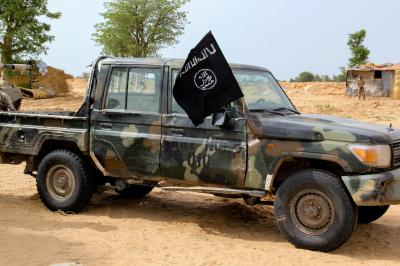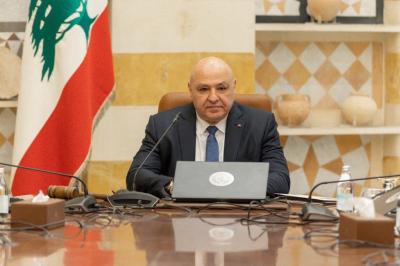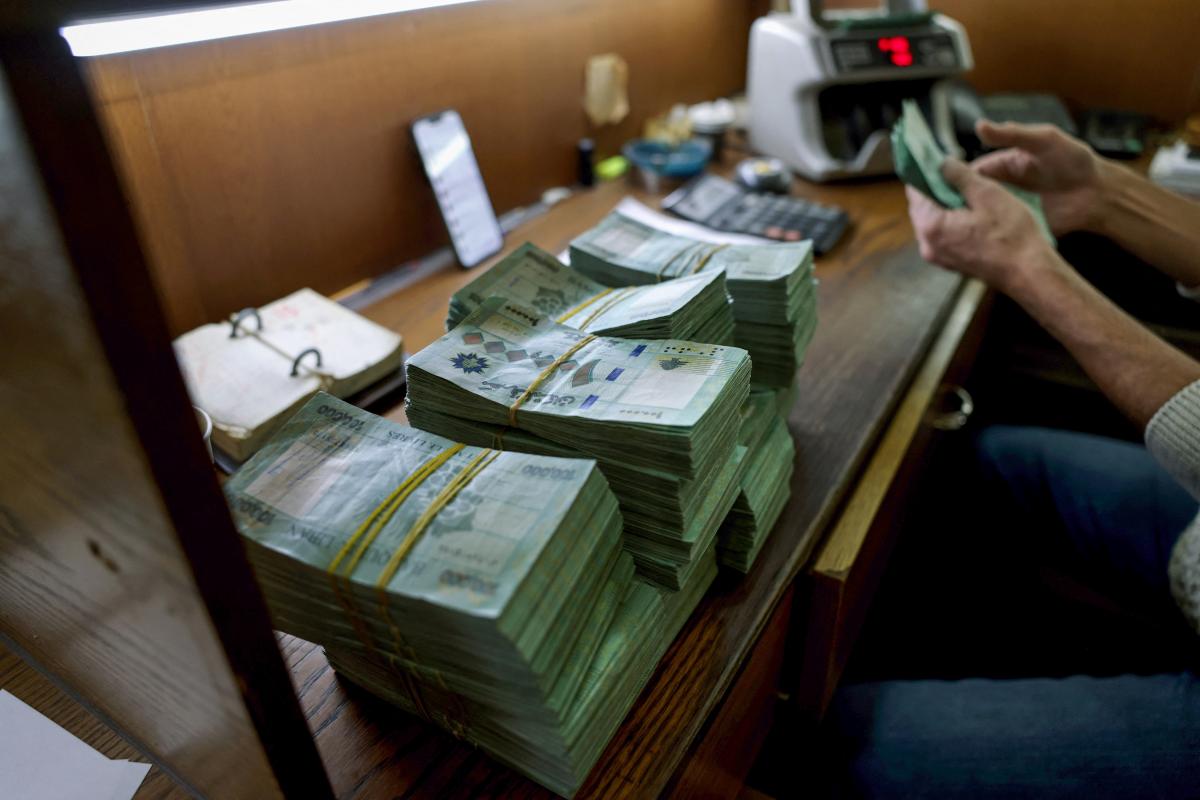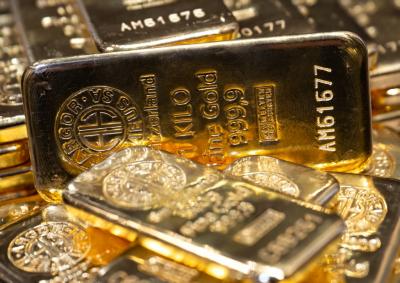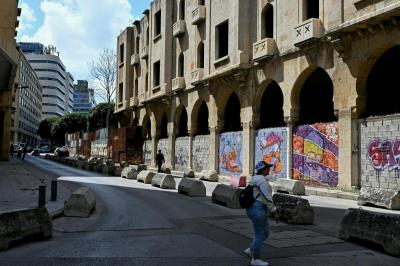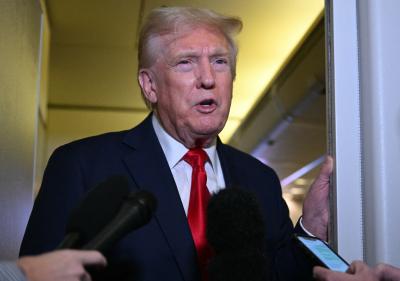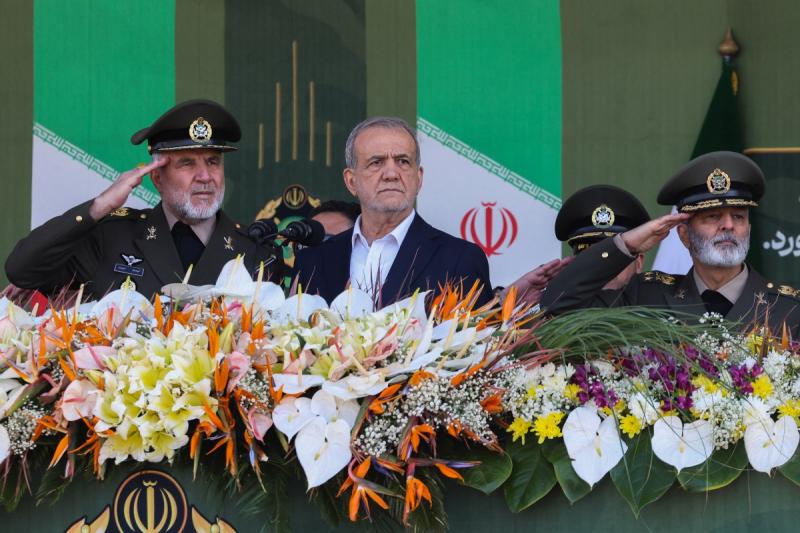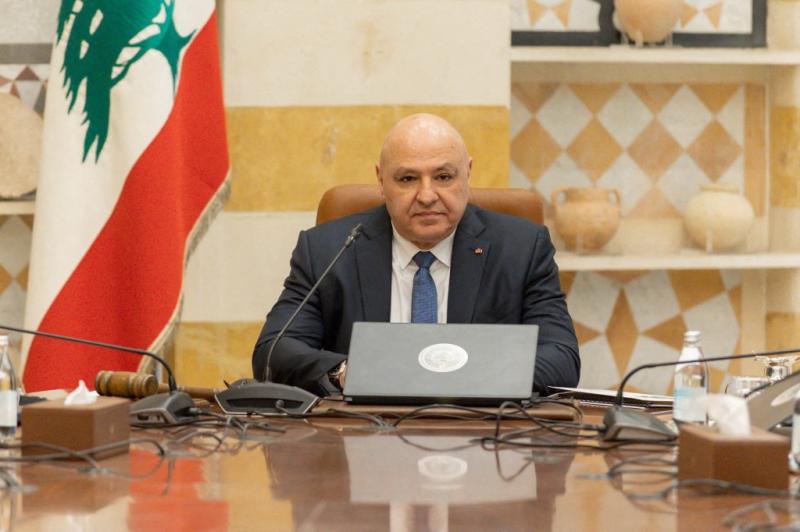As Lebanon enters the fifth year of its economic collapse, the country appears to be finding a way out with minimal reforms. This is at least the perspective shared by many economic observers—not just those who place their bets on geopolitical changes that could eventually break Lebanon’s isolation.
A Sharp Decline in the Debt-to-GDP Ratio
The first historic challenge—an alarmingly high public debt-to-GDP ratio, which hindered Lebanon’s return to financial markets—has seemingly resolved itself. While the ratio exceeded 170% before the collapse, it now stands at just 31%, far below the 100% threshold required by the IMF and international bodies for the reforms they seek.
The real value of Lebanon’s foreign currency debt, particularly eurobonds, is currently estimated at $5 billion, based on bond prices at 17 cents per dollar in international markets, compared to the $30 billion representing the principal debt. According to J.P. Morgan’s best projections, this value could rise to $9 billion if bond prices reach 30 cents per dollar.
As for debt denominated in Lebanese lira, which was estimated at around $60 billion before the collapse, its actual value has plummeted to approximately $700,000 due to the currency's depreciation—from 1,500 LBP per dollar to 89,500 LBP per dollar. When adding various loans from the World Bank and other external creditors, amounting to about $3 billion, the actual total debt today stands at roughly $10 billion, based on a recent GDP estimate of $32 billion by the Institute of International Finance (IIF).
Bank Deposits in Freefall
The second major issue—the inability to return deposits to account holders—is also considered "manageable" by many experts. Deposits in foreign currencies have dropped from around $120 billion before the crisis to $86 billion today, with nearly 90% of them trapped at the Central Bank of Lebanon. The latter, however, still holds $10.5 billion in foreign currency reserves and $27 billion in gold, which together account for 50% of depositors' funds.
The remaining amounts could be covered by Lebanese banks’ overseas assets, estimated at more than $5 billion, and a Deposit Recovery Fund, which would be financed through the exploitation of state assets and infrastructure—provided they are made profitable. Restoring confidence, attracting investments, and reviving banking operations could help ease the pressure on mass withdrawals and limit them to manageable levels.
A Darker Reality
However, this optimistic outlook masks a far grimmer reality. The default on Lebanon’s foreign debt in U.S. dollarsrisks triggering an even deeper economic crisis. Several Lebanese banks are preparing to take legal action against the state before the March 9 deadline. The Association of Banks in Lebanon has already circulated a memo to eurobond holders, informing them of its board of directors' decision to initiate legal proceedings against the Lebanese state for non-payment, in order to protect the rights of creditors.
This decision comes despite the Council of Ministers' approval on January 7, 2025, of a suspension of the state's right to invoke the statute of limitations until March 9, 2028. According to the Association of Banks, such legal action could have disastrous consequences for the national economy, further burdening public debt and encouraging other international creditors to take similar measures, thereby exacerbating the crisis rather than resolving it.
As for domestic debt, which has lost over 90% of its value, the burden has been entirely shifted onto depositors, particularly those who had savings in Lebanese lira and have now lost their entire holdings.
Deposits: Sacrificed Instead of Restored
The prospect of deposit recovery is dwindling. Gold reserves are legally protected, and it is unlikely that any political faction will dare touch them before the next parliamentary elections, driven more by populist concerns than by economic principles. Moreover, a third of Lebanon’s gold reserves—worth around $9 billion—is stored in the U.S. Federal Reserve’s Fort Knox facility, making their liquidation highly complex, based on international precedents.
As for state asset exploitation, this remains a distant dream, given political factions’ refusal to relinquish control over public sector privileges and the absence of regulatory bodies to oversee such a process. Under these conditions, any promised deposit recovery fund is more likely to become a liquidation fund, sealing the permanent loss of deposits rather than their restitution.
An Uncertain Future: Between Recovery and Collapse
Lebanon today stands at a crossroads—between gradual recovery and prolonged stagnation. According to the latest IIF report, the probability of success and failure remains evenly split at 50/50.
The major obstacles remain unchanged: poor governance, political and sectarian divisions, widespread corruption, and ineffective public policy management. Without a major political shift in the upcoming parliamentary elections, it is unlikely that a new government will be able to implement the deep structural reforms required.
In this context, a deal with the IMF remains elusive, and international aid is likely to be limited to humanitarian assistance, which would be insufficient to finance Lebanon’s reconstruction. The economy is projected to grow at an average rate of just 3% between 2025 and 2029, with a weak currency and persistent inflation. The current account deficit is expected to remain high, fluctuating between 9% and 10% of GDP, while foreign currency reserves could fall from $10.1 billion in 2024 to less than $7 billion by 2029.
A Possible Recovery Scenario?
If, however, deep reforms are enacted, the situation could be radically reversed. According to the IIF, a reform-driven scenario would allow Lebanon to attract $12.5 billion in immediate international financial aid and $10 billion in direct foreign investments, particularly from Gulf states. GDP would then reach $54 billion by 2028, with a 6.2% annual growth rate, driven by foreign direct investment, public investment, and tourism revenues.
Under this scenario, the public debt-to-GDP ratio, currently at 136%, would drop to 53% by 2029, thanks to a eurobond restructuring, fiscal discipline, and stronger economic growth.
Ultimately, the key challenge remains reform. While Lebanon has so far managed to "tame" its crises through short-term fixes and half-measures, the absence of genuine reform will inevitably lead to failure in the years ahead.


